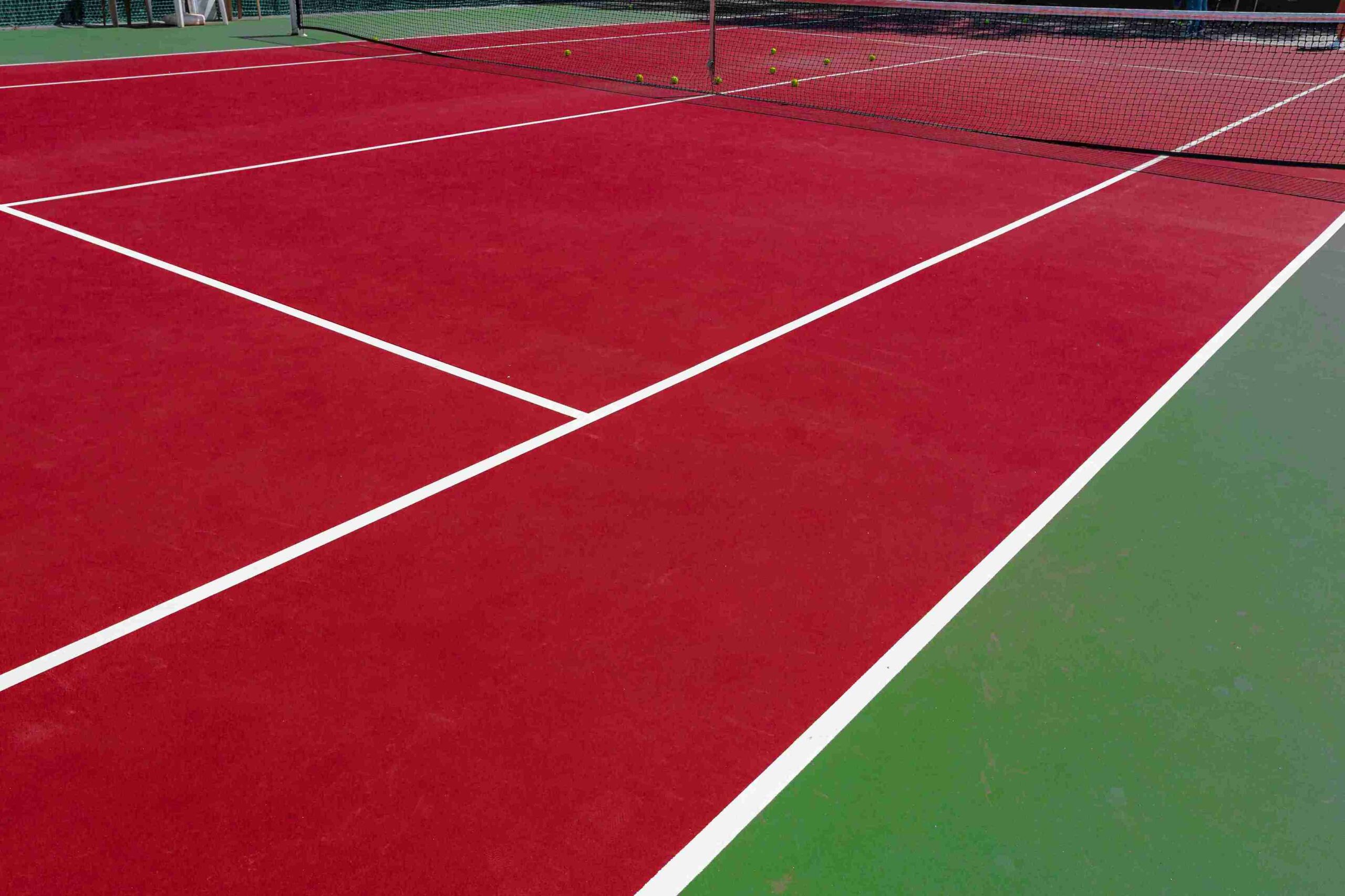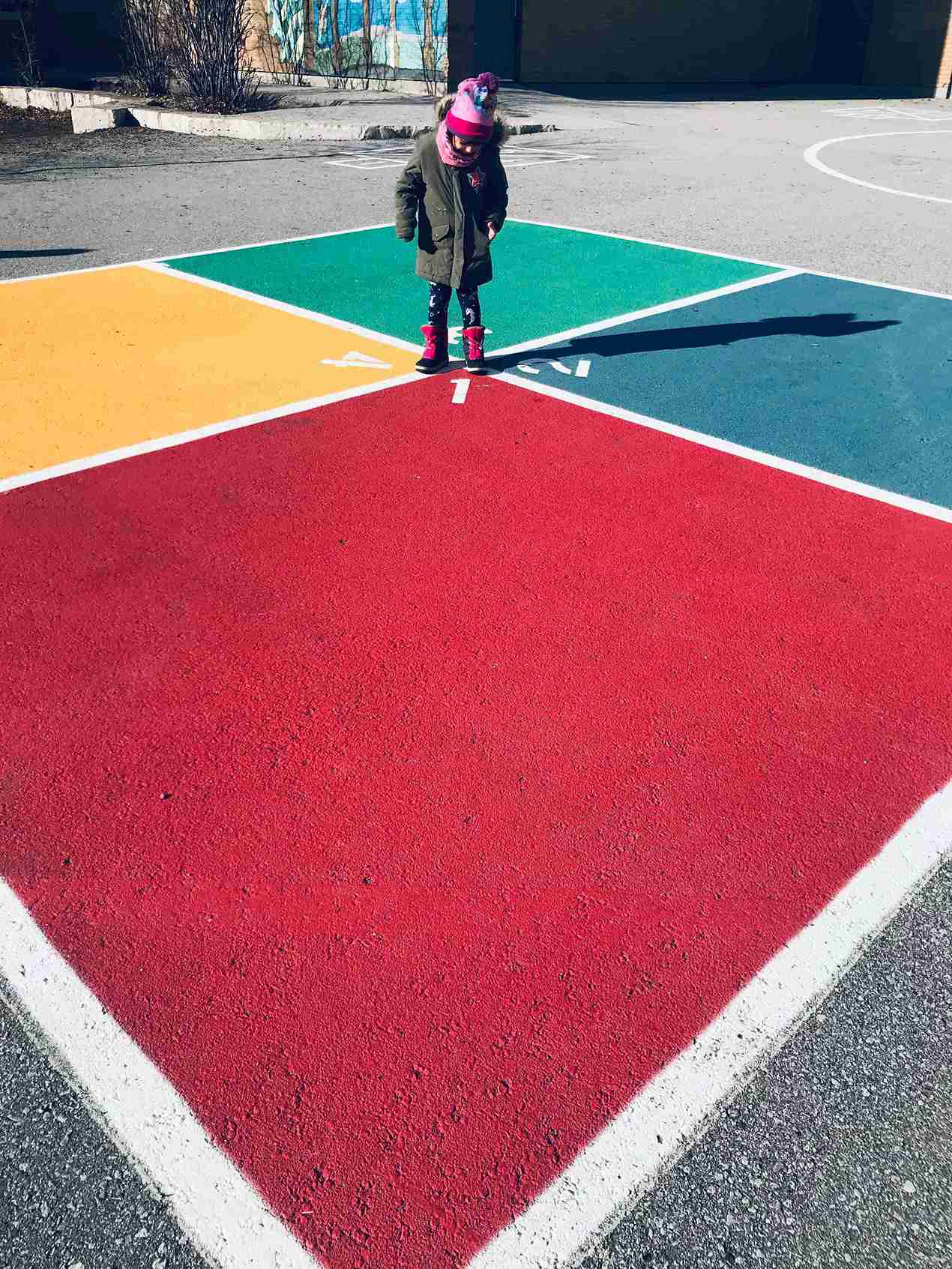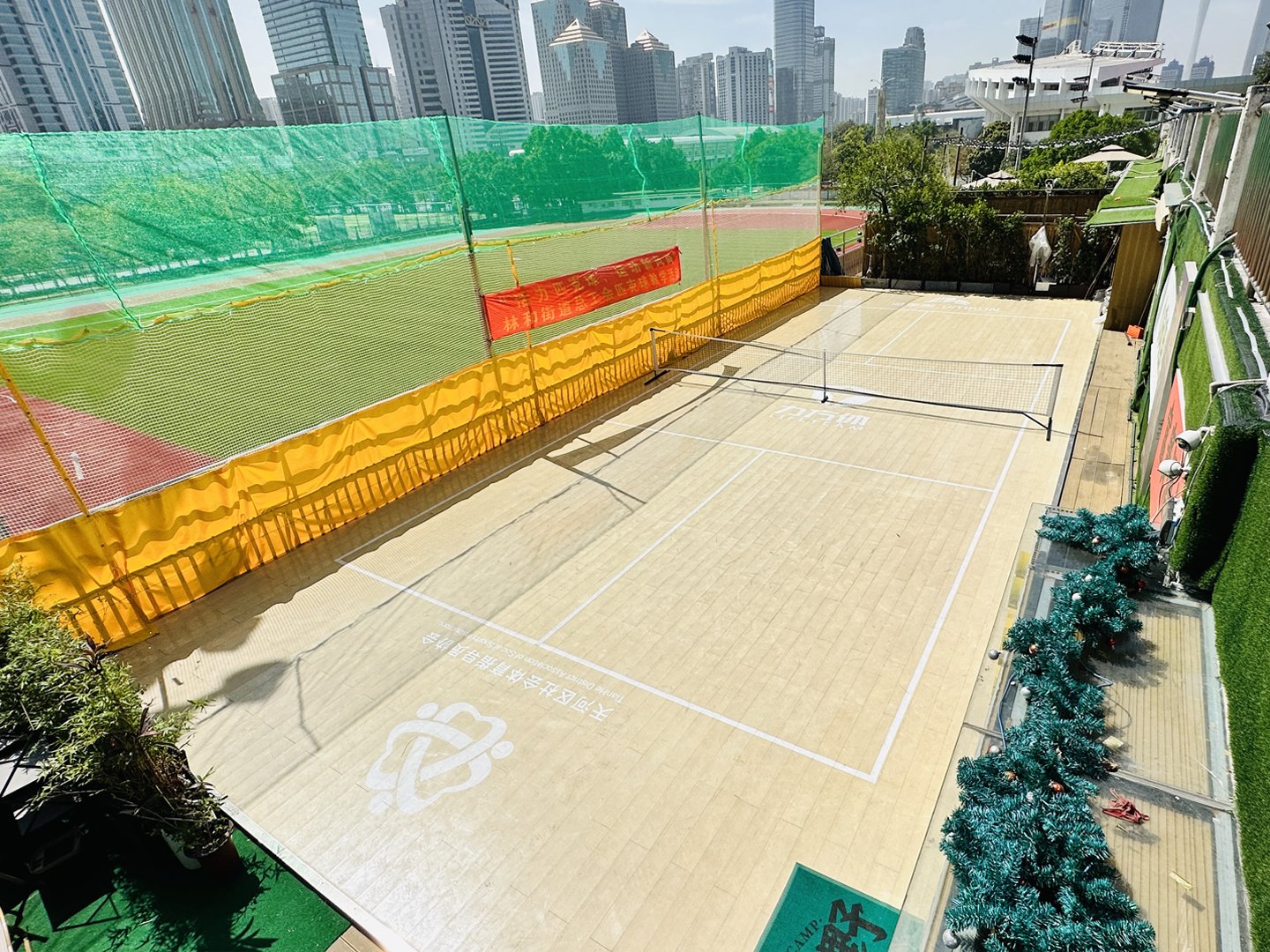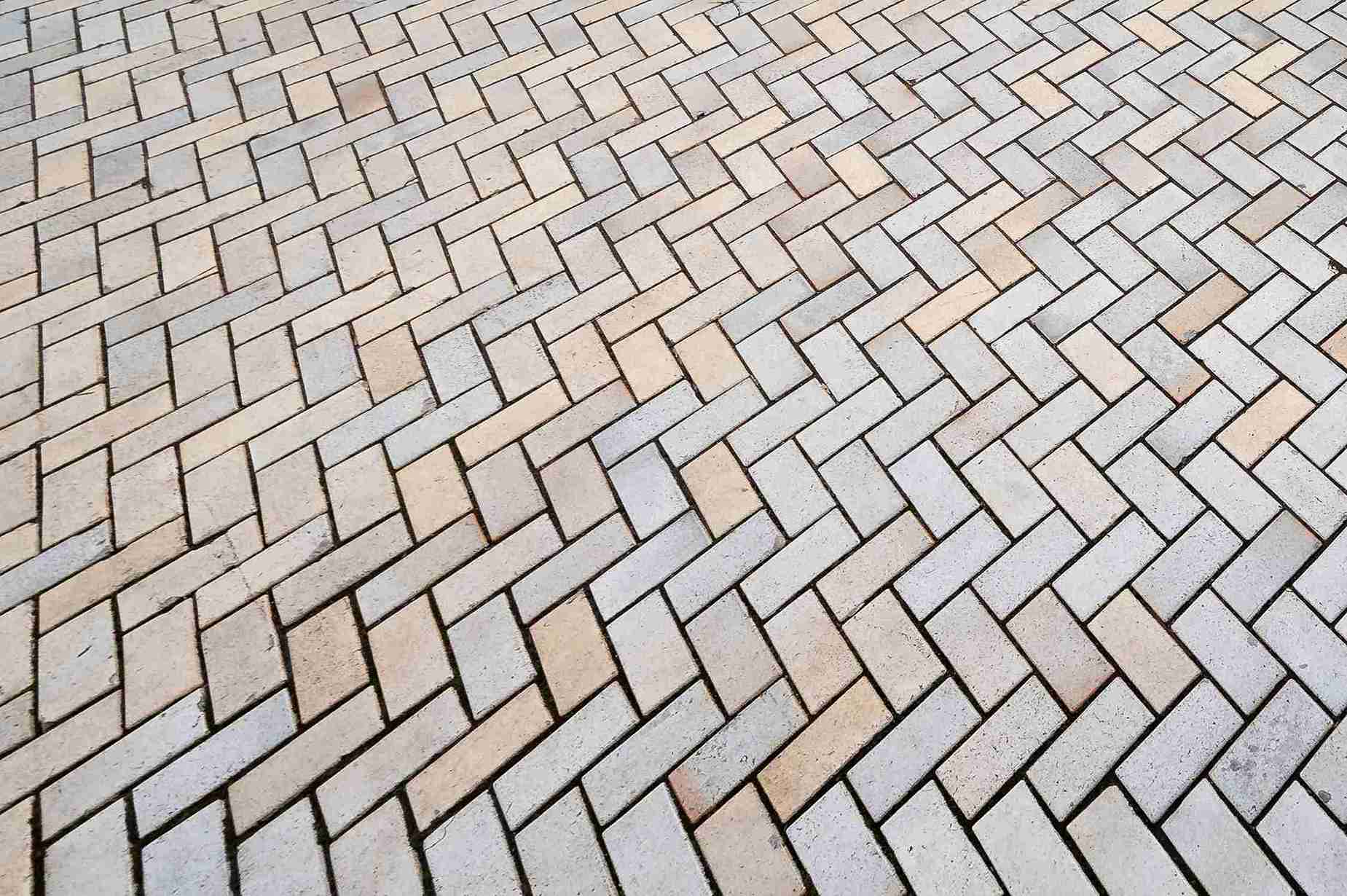Selecting the right flooring material for a basketball court represents one of the most critical decisions in sports facility development. The court surface directly impacts player performance, safety, and the overall playing experience. Professional leagues, educational institutions, and recreational facilities all recognize that best basketball court wood flooring serves as the foundation for exceptional athletic performance.
Best basketball court wood must meet stringent requirements for hardness, durability, shock absorption, and dimensional stability. These characteristics determine how the ball bounces, how players move, and most importantly, how well the surface protects athletes from injury during intense gameplay. The wrong flooring choice can lead to increased maintenance costs, player injuries, and subpar performance that affects the entire facility’s reputation.
Understanding the properties that make certain wood types superior for basketball courts helps facility managers, architects, and administrators make informed decisions that will serve their venues for decades. This comprehensive guide examines the industry standards, alternative options, and essential considerations for choosing best basketball court wood flooring that delivers professional-grade performance.
Essential Properties of Basketball Court Wood
Hardness and Durability Standards
Quality basketball court flooring must withstand constant impact from players, equipment, and high-intensity gameplay. The Janka hardness rating serves as the industry benchmark for measuring wood’s resistance to denting and wear. Professional basketball courts require wood with a minimum Janka rating of 1,290 pounds-force (lbf) to maintain surface integrity under demanding conditions.
Durability extends beyond hardness ratings to encompass the wood’s ability to resist scratches, scuffs, and surface deterioration. Sports flooring experiences significantly more stress than residential or commercial applications, making durability a non-negotiable characteristic for long-term performance.
Shock Absorption and Player Safety
Quality basketball court wood provides controlled shock absorption that reduces impact forces transmitted to players’ joints and muscles. This characteristic directly correlates with injury prevention and player comfort during extended gameplay. The optimal balance absorbs enough impact to protect athletes while maintaining sufficient firmness for responsive ball bounce and quick directional changes.
Professional sports flooring systems incorporate engineered subfloor components that work in conjunction with the wood surface to achieve optimal shock absorption values. The combination of quality hardwood and proper underlayment creates a performance system that meets international safety standards.
Dimensional Stability Requirements
Basketball courts operate in varying environmental conditions that can cause wood expansion and contraction. Dimensional stability refers to the wood’s resistance to warping, cupping, and seasonal movement that could create uneven playing surfaces or gaps between boards.
Climate-controlled facilities reduce environmental stress on basketball court flooring, but the wood must still maintain structural integrity across temperature and humidity fluctuations. Proper kiln-drying and moisture content control during manufacturing establish the foundation for long-term dimensional stability.
Aesthetic and Performance Finish
The visual appearance of best basketball court wood contributes to the facility’s professional image and broadcast quality for televised events. Consistent grain patterns, uniform coloration, and high-quality finishes create the polished appearance associated with premier sports venues.
Performance finishes provide controlled traction that allows players to make quick cuts and stops without slipping while preventing excessive grip that could cause injuries. The finish system also protects the wood from moisture, stains, and wear while maintaining the surface’s playing characteristics.
Why Hard Maple Dominates Basketball Court Flooring
Superior Hardness Rating
Hard maple consistently achieves Janka hardness ratings between 1,450-1,500 lbf, exceeding the minimum requirements for best basketball court wood flooring. This superior hardness translates directly to enhanced durability and resistance to the surface damage that occurs during intense gameplay.
The cellular structure of hard maple provides uniform density throughout each board, eliminating soft spots that could develop into surface imperfections over time. This consistency ensures reliable performance across the entire court surface, from center court to the baseline areas that experience the most concentrated player activity.
Proven Track Record in Professional Sports
Hard maple flooring has served as the standard for NBA, NCAA, and international basketball venues for decades. This extensive professional usage provides comprehensive performance data that demonstrates hard maple’s reliability under the most demanding conditions.
Professional teams and facility managers continue choosing hard maple because of its consistent performance characteristics and predictable maintenance requirements. The wood’s proven ability to maintain surface integrity and playing quality through thousands of games establishes hard maple as the benchmark for best basketball court wood flooring excellence.
Optimal Shock Absorption Properties
The fiber structure of hard maple provides natural shock absorption that reduces impact forces while maintaining the firm surface required for competitive play. This balance protects players from excessive stress on joints and muscles without compromising ball bounce consistency or player responsiveness.
Hard maple’s shock absorption characteristics work synergistically with engineered subfloor systems to achieve the performance standards required by professional sports organizations. The wood’s natural properties complement modern underlayment technologies to create comprehensive player protection systems.
Consistent Ball Bounce and Surface Grip
Hard maple delivers uniform ball bounce characteristics across the entire court surface, ensuring fair play and predictable ball behavior. The wood’s density and grain structure provide consistent rebound properties that meet the strict specifications required for professional competition.
Surface grip remains constant throughout the game, allowing players to execute precise movements without concerns about variable traction conditions. Hard maple’s natural texture, combined with appropriate finish systems, creates the ideal playing surface that professional athletes depend upon for peak performance.
Alternative Wood Options and Performance Comparisons
Oak Basketball Court Flooring
Oak presents a cost-effective alternative to hard maple, with Janka hardness ratings typically ranging from 1,290-1,360 lbf. While meeting minimum hardness requirements, oak’s lower density results in reduced durability compared to hard maple, particularly in high-traffic areas.
The pronounced grain pattern in oak can create slight variations in ball bounce and surface texture that may affect gameplay consistency. However, oak’s natural beauty and lower material costs make it suitable for recreational facilities and schools with moderate usage requirements.
Oak’s availability and established supply chains often result in shorter lead times and reduced project costs. For facilities prioritizing budget considerations over maximum performance, properly installed and maintained oak flooring can provide years of reliable service.
Beech Wood Characteristics
European beech offers hardness ratings similar to hard maple, typically measuring 1,300-1,450 lbf on the Janka scale. This hardness level provides excellent durability and wear resistance that approaches hard maple’s performance standards.
Beech wood’s fine grain structure creates uniform surface characteristics that support consistent ball bounce and player traction. The wood’s natural color and grain patterns offer aesthetic appeal that complements modern facility design preferences.
Regional availability influences beech wood’s cost-effectiveness, with European sources providing competitive pricing for projects in certain geographic markets. However, sourcing considerations and potential supply chain complexities may affect project timelines and total costs.
Soft Maple Considerations
Soft maple varieties achieve Janka hardness ratings between 950-1,100 lbf, falling below the recommended minimums for intensive basketball court applications. While significantly less expensive than hard maple, soft maple’s reduced durability limits its suitability to light-use recreational facilities.
The lower density of soft maple results in increased susceptibility to denting, scratching, and surface wear that can develop into performance issues over time. Facilities considering soft maple must weigh initial cost savings against increased maintenance requirements and shorter replacement cycles.
For youth programs, community centers, and other applications with limited usage intensity, soft maple can provide acceptable performance when properly installed and maintained. However, facilities expecting regular competitive play should invest in harder wood species for optimal long-term performance.
VMKON Biomass Sport Wooden Flooring
VMKON biomass sport wooden flooring represents innovative engineered technology that combines sustainable materials with advanced manufacturing processes. This patented bio-based flooring solution delivers FIBA/FIBA 3×3 certified performance while offering unique advantages over traditional solid wood options.
The engineered construction provides exceptional waterproofness, corrosion resistance, and anti-termite properties that make it suitable for both indoor and outdoor applications. Temperature resistance characteristics ensure dimensional stability across varying climate conditions without the seasonal movement typical of solid wood systems.
As the only outdoor wood flooring solution certified for professional play, VMKON biomass flooring expands venue possibilities beyond traditional climate-controlled environments. This versatility allows facilities to create outdoor basketball courts that maintain professional performance standards while reducing long-term maintenance requirements.
Professional Installation and Maintenance Requirements
Critical Importance of Expert Installation
Best basketball court wood flooring installation requires specialized expertise and precision that significantly impacts long-term performance. Professional installers understand the critical relationships between subfloor preparation, wood moisture content, environmental conditions, and fastening systems that determine installation success.
Improper installation techniques can void manufacturer warranties and create performance issues that may not become apparent until after substantial facility usage. The investment in professional installation services protects the significant material investment while ensuring optimal playing characteristics from day one.
Experienced installers also coordinate the complex scheduling requirements for flooring installation, finish application, and line painting that minimize facility downtime during construction or renovation projects.
Subfloor Engineering and Preparation
The subfloor system provides the foundation for basketball court performance, incorporating shock absorption, moisture control, and structural support components. Engineered subfloor systems must be precisely installed and calibrated to achieve the performance characteristics specified by sports governing bodies.
Moisture barriers prevent subfloor moisture from affecting the wood flooring, while resilient pads provide controlled shock absorption that reduces impact forces. The subfloor’s levelness and structural integrity directly influence the finished floor’s performance and longevity.
Professional subfloor installation includes comprehensive moisture testing, structural analysis, and performance verification that ensures the complete flooring system will meet operational requirements throughout its expected lifespan.
Ongoing Maintenance Protocols
Daily maintenance routines significantly impact basketball court flooring longevity and performance consistency. Proper cleaning procedures remove dust, debris, and moisture that can damage the finish or create unsafe playing conditions.
Dust mopping before and after each use prevents abrasive particles from wearing the finish and creating surface scratches. Periodic damp mopping with appropriate cleaning solutions removes residues while maintaining finish integrity.
Professional deep cleaning services address accumulated contamination and restore surface traction characteristics that may diminish over time. These services extend the intervals between major refinishing operations while maintaining optimal playing conditions.
Refinishing and Restoration Options
Basketball court wood flooring can be professionally refinished multiple times throughout its lifespan, providing cost-effective surface renewal that restores original performance characteristics. Refinishing involves sanding away surface wear and applying new finish coatings that provide protection and optimal traction.
The timing of refinishing operations depends on usage intensity, maintenance quality, and performance requirements. Professional assessment determines when refinishing will provide optimal cost-effectiveness compared to continued operation with deteriorated surfaces.
Advanced restoration techniques can address specific damage areas without requiring complete court refinishing, minimizing facility downtime and operational disruption. These targeted repairs maintain consistent surface characteristics while controlling maintenance costs.
Environmental Sustainability in Basketball Court Flooring
Responsible Forest Management and Certification
Sustainable basketball court flooring begins with responsibly managed forest resources that maintain ecosystem health while providing renewable building materials. Forest Stewardship Council (FSC) certification ensures wood products originate from forests managed according to strict environmental and social standards.
FSC-certified hard maple flooring provides the performance characteristics required for professional basketball courts while supporting sustainable forest management practices. This certification addresses growing institutional requirements for environmentally responsible building materials.
Chain-of-custody documentation tracks certified wood from forest through manufacturing to installation, providing complete transparency about material origins and environmental impact. This documentation supports LEED certification and other green building initiatives.
Lifecycle Environmental Impact Assessment
The environmental impact of basketball court flooring extends beyond initial material sourcing to include manufacturing energy consumption, transportation emissions, installation impacts, and end-of-life considerations. Comprehensive lifecycle assessment helps facility managers make informed decisions about environmental sustainability.
Hard maple’s longevity and multiple refinishing capabilities provide environmental advantages through extended service life that reduces replacement frequency. Quality wood flooring systems can provide decades of service with proper maintenance, minimizing long-term environmental impact per year of use.
Local and regional wood sourcing reduces transportation emissions while supporting regional forest management and economic development. Balancing performance requirements with environmental considerations often favors regional wood species that meet technical specifications.
Eco-Friendly Finishing and Installation Systems
Low-VOC and water-based finish systems reduce indoor air quality impacts while providing the protective and performance characteristics required for basketball court applications. These advanced finish technologies eliminate or minimize volatile organic compound emissions that can affect facility users and installation personnel.
Formaldehyde-free adhesives and installation systems address indoor air quality concerns while providing secure, long-lasting wood floor installation. These products meet or exceed performance standards while eliminating potentially harmful chemical emissions.
Waste reduction and recycling programs for wood flooring installation minimize landfill disposal while recovering valuable materials for alternative uses. Professional installers implement waste management strategies that align with facility sustainability goals and waste reduction targets.


FAQs
How long does hard maple basketball court flooring last?
Professional-grade hard maple basketball court flooring typically provides 20-30 years of service with proper installation and maintenance. The flooring can be refinished 3-4 times during this period to restore surface characteristics and extend operational life. Usage intensity, maintenance quality, and environmental conditions influence actual lifespan.
What is the cost difference between hard maple and alternative wood flooring?
Hard maple typically costs 15-25% more than oak and 40-60% more than soft maple for materials alone. However, hard maple’s superior durability and longer lifespan often provide better total cost of ownership over the flooring system’s operational life. Installation and maintenance costs remain similar regardless of wood species.
Can best basketball court wood flooring be installed over existing surfaces?
Best basketball court wood flooring requires proper subfloor preparation and engineered support systems that typically necessitate removing existing surfaces. Existing concrete slabs may be suitable with appropriate moisture barriers and resilient underlayment systems. Professional evaluation determines feasibility and installation requirements for specific situations.
How does humidity affect basketball court wood flooring?
Wood flooring naturally expands and contracts with humidity changes, making climate control essential for optimal performance. Maintaining relative humidity between 30-50% and temperature between 65-75°F minimizes dimensional movement. Facilities without climate control may experience gaps, warping, or other moisture-related issues.
What certifications should basketball court flooring meet?
Professional best basketball court wood flooring should meet or exceed standards established by relevant sports governing bodies such as FIBA, NCAA, or high school athletic associations. These standards specify performance requirements for shock absorption, ball bounce, surface friction, and other critical characteristics that ensure player safety and fair play.
Is VMKON biomass flooring suitable for outdoor basketball courts?
VMKON biomass sport wooden flooring stands as the only outdoor wood flooring solution with FIBA/FIBA 3×3 certification for professional play. Its waterproof, corrosion-resistant, and temperature-stable properties make it ideal for outdoor installations while maintaining professional performance standards.
Conclusion
Making the Right Investment in Basketball Court Excellence
Hard maple flooring remains the definitive choice for basketball courts demanding professional-grade performance, durability, and safety. Its superior hardness rating, proven track record in elite sports venues, and optimal balance of shock absorption with surface responsiveness establish hard maple as the industry standard that facility managers depend upon for decades of reliable service.
Alternative solutions like VMKON biomass sport wooden flooring offer innovative approaches that expand possibilities beyond traditional limitations. With FIBA/FIBA 3×3 certification and unique properties including waterproofness and outdoor compatibility, advanced flooring technologies demonstrate how innovation can enhance traditional performance standards while addressing modern facility requirements.
Environmental considerations and sustainable sourcing practices ensure that choosing best basketball court wood flooring aligns with institutional sustainability goals while delivering uncompromising performance. FSC-certified materials and eco-friendly installation systems prove that environmental responsibility and athletic excellence create synergistic value in modern sports facilities.
Ready to invest in best basketball court wood flooring that delivers professional performance and lasting value? Our certified flooring specialists provide comprehensive consultation, design, and installation services that ensure your facility achieves optimal playing conditions and long-term reliability. Contact us today for a detailed quote and discover how best basketball court wood flooring transforms athletic facilities into venues that inspire excellence and protect athletes for generations to come.









